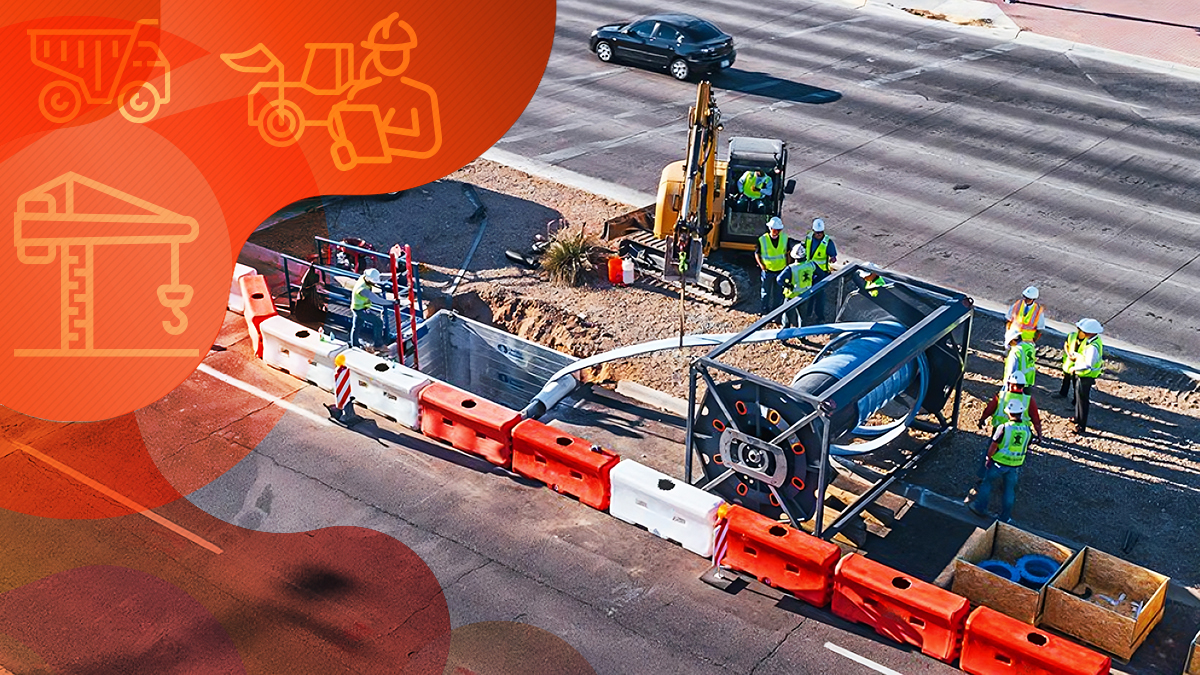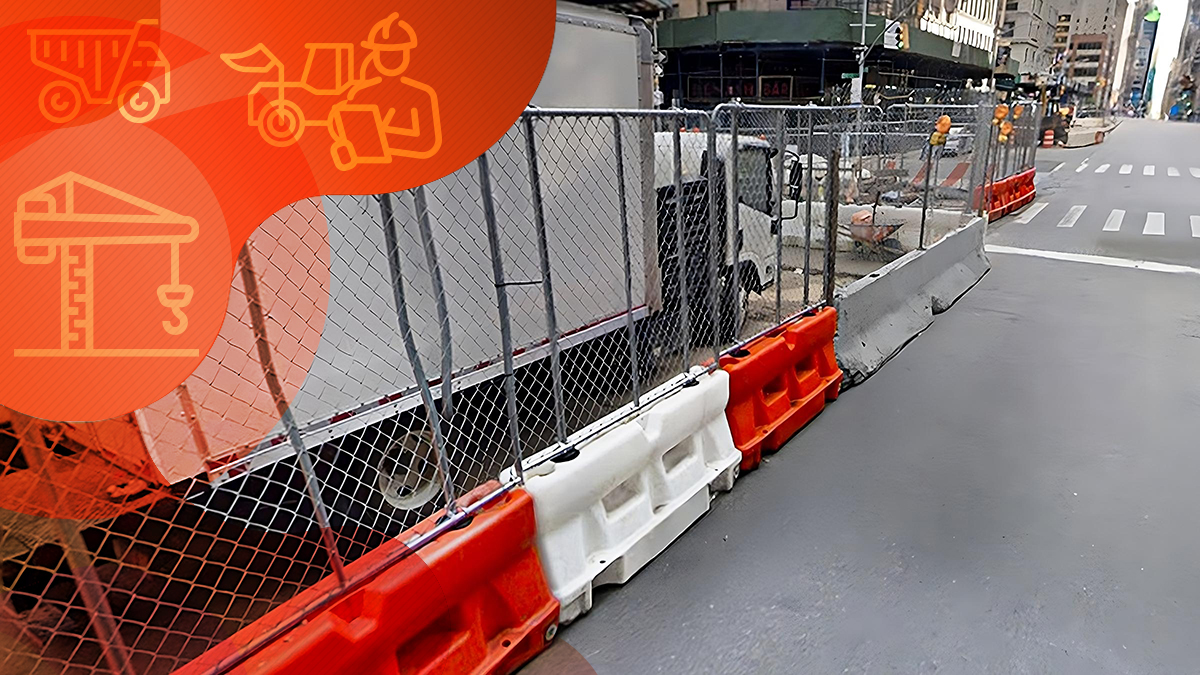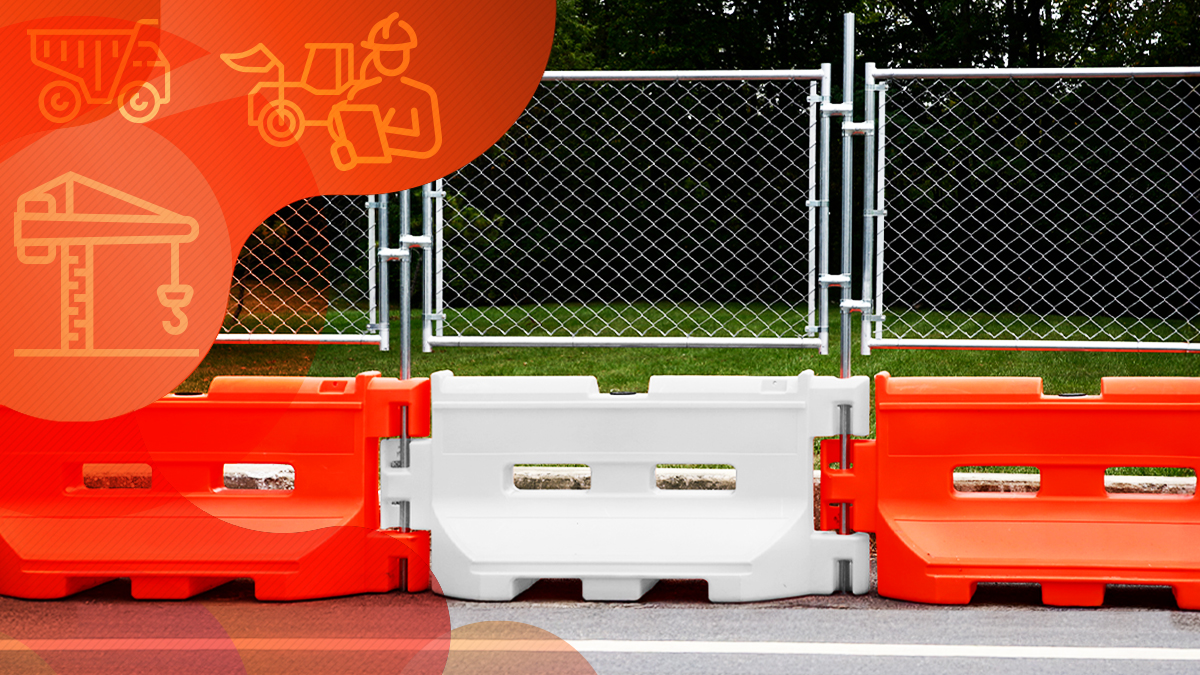Setting Up Steel Barricades

In the early 1950s, the original concept for interlocking metal barricades was patented in France. The company that came up with the concept is out of business and the concept is now public domain.
Over the years, improvements have been made in crowd crowd barriers and steel barricades have become more effective and a great crowd management tool. For example, replaceable bases for steel barricades were introduced in the 1970s.
If you are needing to set up steel barricades for an event, here are a few things you need to keep in mind.
Choose the Right Feet
The three types of feet you can choose for your steel barrier areroller feet, flat feet and bridge feet.


Roller feet are perfect for large events like an outdoor concert or festival. These are events that will likely last all day long and well into the night. As such, it might be necessary to move the barricades throughout the day.
Flat feet are designed for barriers that will be placed on a flat surface, like a sidewalk, parking lot or on the road. They sit flush to the ground and grip the surface, which reduces the chances somebody trips over them. Remember, barricades are often in high-traffic areas.




Bridge feet are designed for barriers that will be placed on an uneven surface. You will probably want to use bridge feet at places like golf courses, parks and fairgrounds. This type of feet are shaped like a bridge and can stabilize barricades that are on uneven ground.
Design
Work with a professional to design the way in which you will set up the barricades. Setting up barricades might seem easy, but there is a lot more than meets the eye. Just ask anybody who has scrambled to put together a barricade an hour before a major event.
Choosing the Length
If you are setting up a barricade to keep people in line, the smaller length barricades work just fine as they allow you to create tighter corners.
If you are setting up a barrier, like at a concert, for example, longer barriers are the better choice.
Choosing the Height
In most cases, the standard height barricades are sufficient for most crowd control needs. However, taller barricades are in order if you wish to protect pedestrians from construction site hazards.
You Might Need Swing Gates
Steel barricades interlock and form a strong barrier. By design, it is difficult to move after it is all set up. So if you are going to need a way to let people through parts of the barricade, you will need a swing gate.
Barricade swing gates allow you to open up the barrier to let people and vehicles through as necessary.
Why Can’t Plastic Chain and Stanchions Be Used?
Retractable belt barrier stanchions are fine for small crowds, but for bigger crowds you definitely need steel barricades.
Think about retractable belt stanchions as a suggestion. What they are trying to say is that if nobody else is around, it is quite alright to go under the belt and stand in line. Basically, you will just crawl over or under the belt barrier if there is nobody in line.
Steel barricades are seen more like a hard rule: You never crawl over a steel barricade.
Also, steel barricades are successful at holding back large crowds, which is something a belt barricade cannot do. Steel barricades also fair very well in adverse weather conditions. The same cannot be said for belt barriers as they can become damaged when wet.
For answers to your questions about steel barricades or to place an order, call Sonco Perimeter Security.
Trend now

Reducing Impact Damage with Water-Filled Plastic Jersey Barriers
Understanding how different barrier materials interact with vehicles can help improve road safety.

Choosing Between Concrete or Plastic Jersey Barriers
Not all barriers are built the same. Here’s what to know before choosing between plastic and concrete.

Advantages of Water Barriers with Fence Toppers
Learn how a fence topper transforms water barriers into a more secure, private, and effective work site solution.


